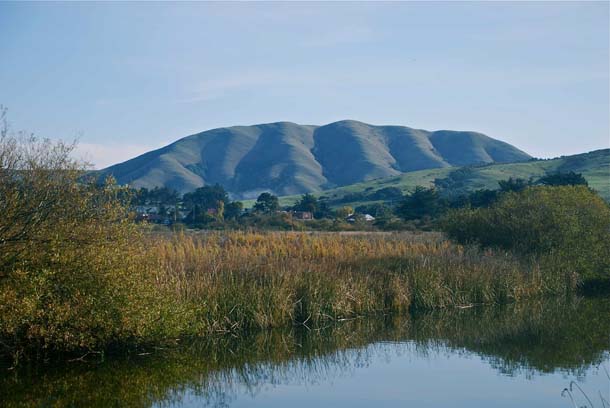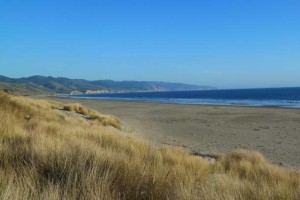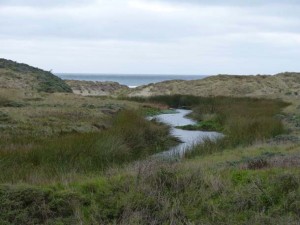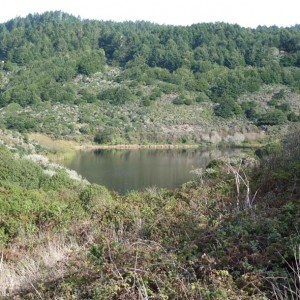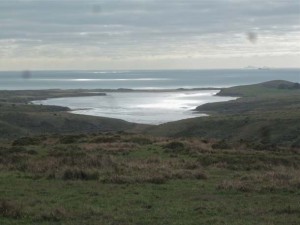White house Pool to Olema Marsh Trail to Kule Loklo—September 9, 2012. Check out this hike on our Trailfinder. This is part of a year-long effort to hike every trail at Point Reyes National Seashore, which turned 50 in 2012. Learn more.
This warm September morning, I led about 20 folks from SPAWN’s California Naturalist Team (http://www.spawnusa.org) on a field seminar along the lower reaches of Lagunitas Creek and Bear Valley Creek. They have been studying the natural history of the Lagunitas Creek watershed and this was the last of their field trips. One of the reflective themes of the walkabout was borrowed from John Burroughs’ line: “To see something new, take the same path you took yesterday.”
The trail from White House Pool upstream follows the main stem of Lagunitas Creek. This “estuarine reach” of the creek is tidally influenced, trimmed with tules and overhanging willows.
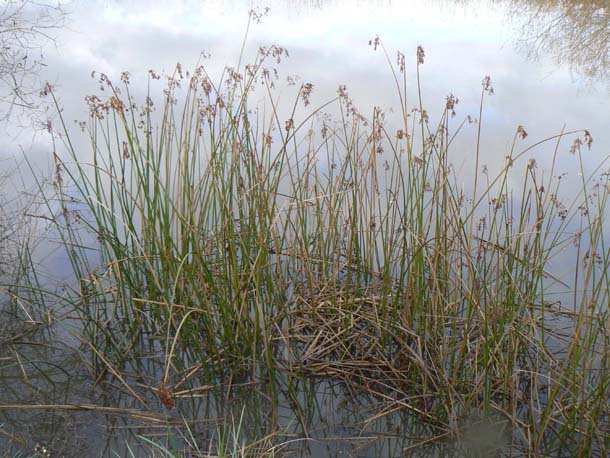
The wetland vegetation cools the water and provides cover and valuable habitat for many wildlife species—Coho salmon, river otter, green heron, pied-billed grebe, wood duck, marsh wren, odonates—and many others. As we stand on the bank discussing ecological values four Cinnamon Teal are foraging on floating algae on the opposite bank and a pair of Belted Kingfishers flies over the open water, rattling at one another in an apparent territorial dispute.
Listen to the belted kingfisher’s call.
The short spur to Olema Marsh (0.25 mi) crosses through a field of dried annual grasses, teasel, hemlock stalks, and purple flowering thistles before daylighting on a slip-fault berm above the marsh. American Goldfinches bounce from the dried inflorescences of the hemlock and an occasional barn swallow pirouettes above.

Formerly tidal, this fresh-brackish marsh has been colonized by cattails and tules, a dense forest of monocots houses the usual suspects—wrens, red-wings, yellowthroats, and frogs—but also hides mysteries. Any visit holds the potential sighting of a rare bittern and on warmer days a swarm of vivid dancer damselflies may emerge.
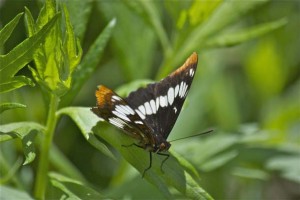
After crossing the Bear Valley Road, the path follows the riparian boundary through mosaic communities of wetland swale, oak-bay savannah, northern coastal scrub and grassland. Douglas-fir forest borders upslope. The overlap of habitats here results in an exuberant biotic community.
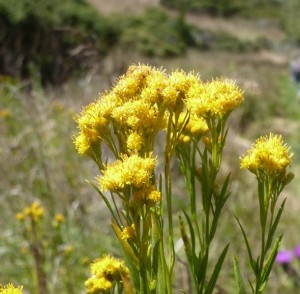
We stopped at Kule Loklo, a reconstructed Miwok village, for lunch beneath the grove of blue gum Eucalyptus. The discussion turned to the benefits and liabilities of this Australian native that has become such a familiar (some would say iconic) member of the California’s coastal landscape. Some raptors, especially great horned owls, nest in the trees. On the other hand, the euc groves may act as ecological traps for some species. Various native birds—kinglets, vireos, warblers—“nectar” on the flowers, and their nostrils become clogged with the gum the flowers exude. Australian birds have coevolved with the eucs, and have bills adapted to this foraging strategy. Many North American species, especially short-billed gleaners, are not so well adapted and may suffocate from the tarry blockage. This interesting article in a 1997 PRBO newsletter explains the situation further.
This is a complicated and controversial issue that deserves careful consideration by land managers.
On the return trip, retracing our steps, we notice some things we had overlooked or missed on the first leg of the hike. Here are a few of the highlights.
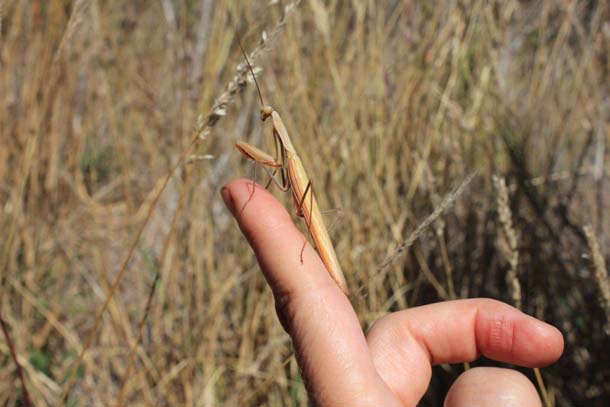
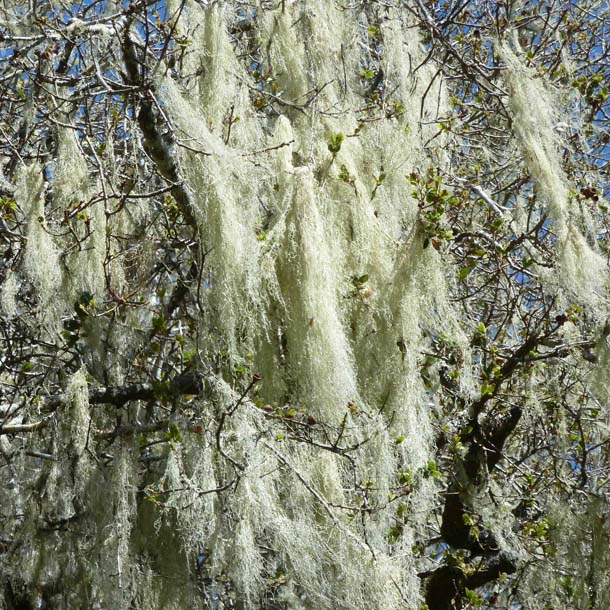
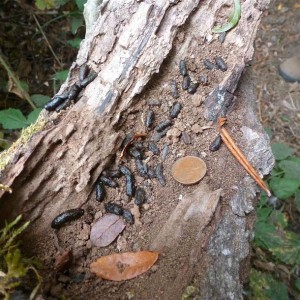
By the time we return to the banks of Lagunitas Creek the tide has come in. A green heron, an uncommon wetland bird, flushes from the tules and flies down stream. As we watch its course, we notice another uncommon and rarely seen species foraging amidst the rushes on the opposite shore—a sora rail.
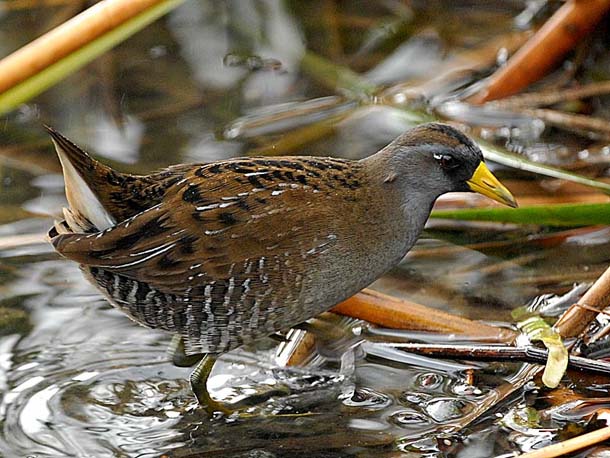
Trail notes: Begin at the White house Pool, a Marin County Open Space District park and follow the narrow footpath through the riparian thicket that parallels Lagunitas Creek upstream. At the east end of the trail, cross Sir Francis Drake Blvd (carefully!) and walk about 50 yards east to the Olema Marsh Trail trailhead. You are now on National Seashore land. The trail passes through grassland for about 1/4 mile before arriving at the overlook of Olema Marsh, always worth a stop to look for swallows, marsh birds, and raptors overhead. Follow the driveway down to Bear Valley Road, walk north along the shoulder to the crosswalk, cross Bear Valley Road and continue along the path that parallels the Bear Valley Creek riparian corridor. This path can be muddy in winter and spring, but by late summer, it’s dry; an easy stroll. Arrive at Kule Loklo, a reconstructed Miwok village after about 1.5 miles. Tables and bathrooms are available there.
Because of the diverse habitat mix along this route, it is a favorite trail to take in the early morning from April through May to hear the dawn chorus of songbirds.
Acknowledgements: Thanks to Amelia Ryan for plant identification and Peter Baye for help with insect identification. Chris Pincetich, of SPAWN, organized the outing and he and his seminarians contributed sightings, commentary, and enthusiasm.
